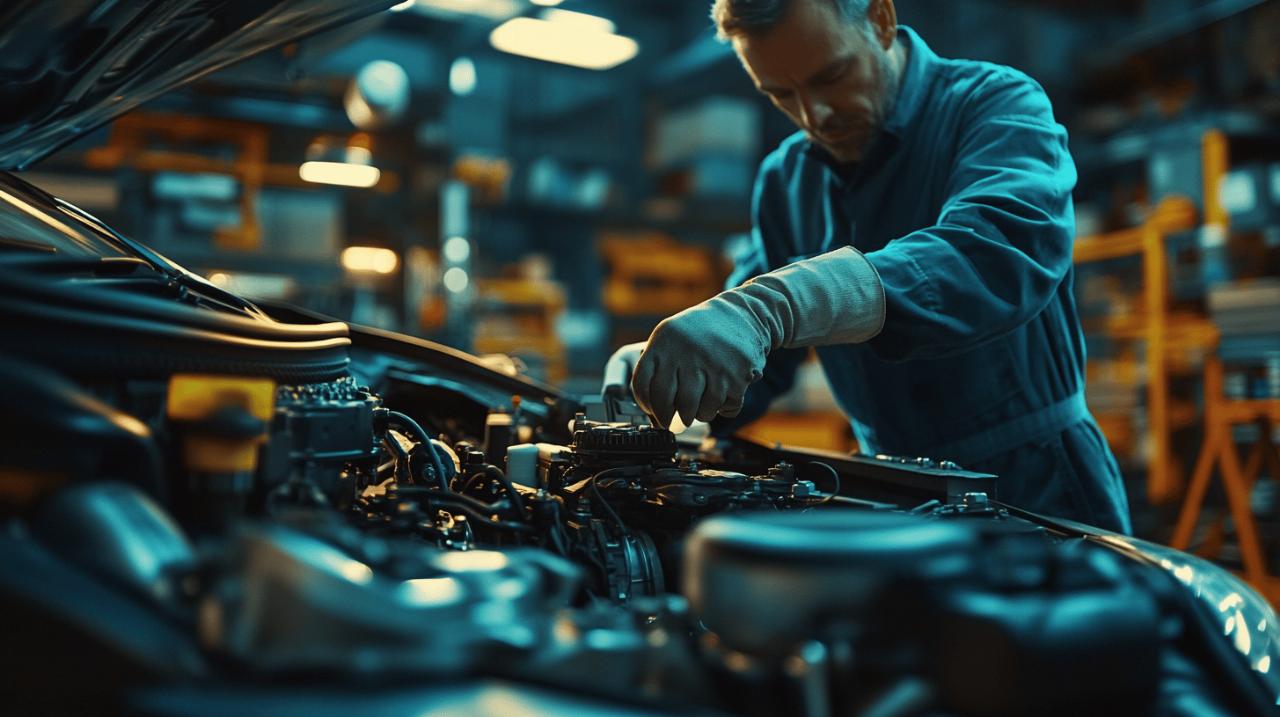
When it comes to vehicle maintenance, few components demand more attention than your clutch system. This vital mechanism allows smooth gear transitions and proper power transfer from the engine to the wheels. However, like all mechanical parts, clutches wear out over time. Recognising the early warning signs can save you from costly repairs and potentially dangerous driving situations. Let's explore the telltale indicators that suggest your clutch may be reaching the end of its service life.
Recognising clutch failure symptoms
Identifying clutch problems early can prevent more serious mechanical issues down the road. AutoRegional 16 studies show that many drivers ignore initial clutch warning signs, leading to complete failures that could have been avoided with timely intervention. The first indicators of clutch wear typically manifest in how the vehicle feels during operation, particularly during gear changes.
Strange sensations during gear changes
One of the earliest signs of clutch deterioration is a distinct change in how gear shifts feel. You might notice resistance when moving the gear stick, or experience a slight jolt or judder as the gears engage. This sensation differs from the smooth transitions you'd typically expect in a healthy transmission system. These abnormal feelings occur because worn clutch components cannot properly disengage and reengage during shifting, creating friction and resistance throughout the process.
Increased pedal resistance or softness
The clutch pedal itself often provides valuable feedback about system health. A properly functioning clutch should offer consistent resistance throughout its travel. When problems develop, you might notice the pedal becoming unusually hard to press, requiring significantly more force than before. Conversely, some clutch issues manifest as a pedal that feels too soft or spongy, with little resistance. Either extreme change in pedal feel warrants investigation, as these sensations often indicate hydraulic problems or mechanical wear in the clutch assembly.
Clutch slippage: a major warning sign
Perhaps the most definitive sign of clutch failure is slippage. This occurs when the clutch can no longer effectively transfer power from the engine to the transmission. Slippage represents advanced wear of the friction material on the clutch plate and should never be ignored, as it significantly compromises vehicle performance and safety.
Engine revs but vehicle speed remains unchanged
The classic symptom of clutch slippage is when your engine RPM increases but vehicle speed doesn't correspondingly rise. You might notice this particularly during acceleration, where pressing the accelerator causes the engine to rev higher than normal without a proportional increase in speed. This disconnect between engine effort and vehicle response indicates the clutch is failing to properly grip, allowing the engine to spin independently of the transmission. This inefficient power transfer wastes fuel and puts additional strain on engine components.
Performance issues when climbing hills or carrying loads
Clutch problems often become more apparent under demanding conditions. When ascending steep inclines or carrying heavy loads, a slipping clutch will struggle noticeably. You might find your vehicle losing momentum on hills despite maintaining throttle input, or experience difficulty maintaining speed when towing or carrying passengers. These situations place additional demands on power transfer, exposing weaknesses in a deteriorating clutch that might not be as noticeable during regular driving on level ground.
Unusual sounds signalling clutch problems
 Your ears can provide valuable early warnings of clutch issues. Various noises associated with clutch operation often indicate specific problems developing within the system. Paying attention to these acoustic signals can help identify problems before they progress to complete failure.
Your ears can provide valuable early warnings of clutch issues. Various noises associated with clutch operation often indicate specific problems developing within the system. Paying attention to these acoustic signals can help identify problems before they progress to complete failure.
Grinding noises during clutch operation
Grinding sounds when changing gears suggest problems with clutch alignment or internal damage to the transmission components. This noise typically occurs because the clutch isn't fully disengaging, causing gear teeth to clash rather than mesh smoothly. Grinding might also indicate issues with synchronisers or other transmission components that work in concert with the clutch. Whatever the specific cause, this sound represents metal-on-metal contact that can quickly escalate from minor wear to major mechanical damage.
Clicking or Rattling When Pressing the Pedal
Distinct clicking or rattling noises when operating the clutch pedal often point to problems with the release mechanism or bearing. These components allow the clutch to disengage when you press the pedal, and their failure can prevent proper operation. The sound typically occurs during the pedal travel rather than during actual gear changes. Release bearing failures particularly tend to produce rhythmic noises that correlate with engine speed, becoming more pronounced as RPM increases.
Physical changes in clutch pedal behaviour
The physical feedback you receive through the clutch pedal provides crucial diagnostic information. Changes in where and how the clutch engages can signal various problems developing within the system. Regular drivers become attuned to their vehicle's normal clutch feel, making deviations from this baseline particularly noticeable.
High engagement point or 'biting point' issues
Every clutch has a specific point in the pedal travel where it begins to engage, commonly called the biting point. As clutches wear, this engagement point typically moves higher in the pedal travel. If you find yourself releasing the pedal almost completely before feeling engagement, your clutch is likely significantly worn. This changing engagement point occurs because the friction material on the clutch plate thins over time, requiring greater movement before contact is made between driving surfaces.
Pedal vibrations and pulsations
Vibrations or pulsations felt through the clutch pedal often indicate warping or uneven wear of clutch components. You might feel a trembling sensation when pressing or releasing the pedal, or notice the pedal seems to pulse under your foot during operation. These sensations suggest the clutch plate or pressure plate has developed physical irregularities that prevent smooth operation. Such vibrations typically worsen over time as the affected components continue to deteriorate under the heat and pressure of normal operation.



